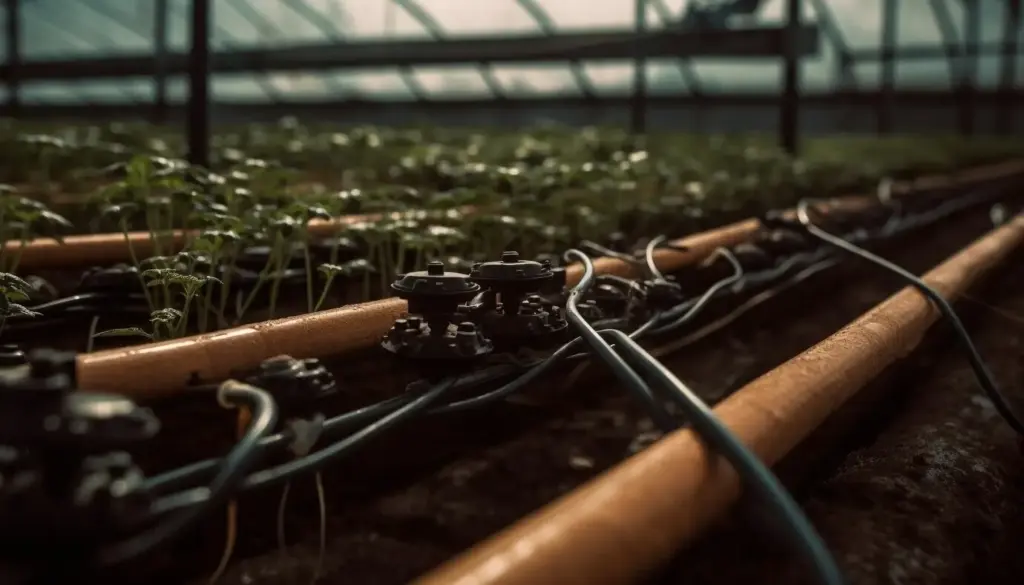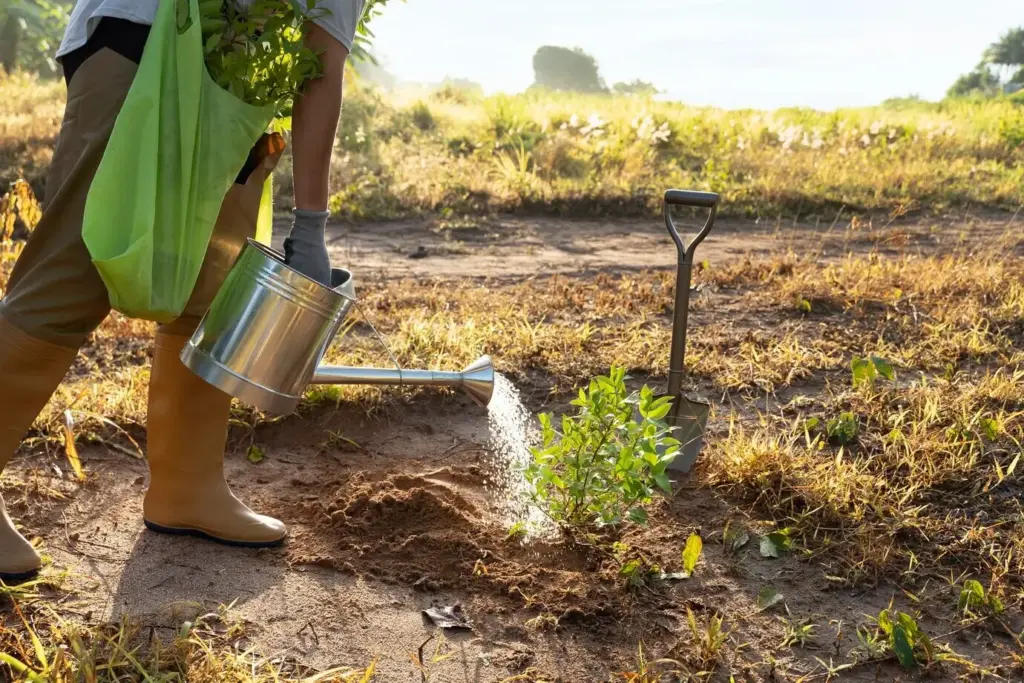Refresh Your Landscape with Smarter Water Use

Start With a Water Audit
Map Zones and Microclimates
Sketch each valve zone, noting slopes, shade pockets, reflective hardscape, and wind corridors. These microclimates drive evaporation and plant demand. Label lawns, shrub beds, and native areas separately. Clear mapping exposes overspray, mismatched heads, and opportunities to group similar needs for efficient scheduling and precise delivery.
Measure Pressure and Flow
Use a gauge at the hose bib and test ports to capture static and dynamic pressure, then time a five‑gallon bucket to estimate flow. Numbers reveal hidden friction losses, clogged filters, or undersized piping, guiding regulator selection, nozzle choices, and future zone splits for dependable performance.


Pick Technologies That Save
Convert Without Starting Over
From Sprays to Drip with Retrofit Kits
Pop out a spray head and install a multi‑outlet drip retrofit, running distribution tubing neatly through mulch. This concentrated delivery eliminates overspray on walls and paths. With proper filtration and regulation, these conversions perform predictably, even on mixed‑age systems with varying pipe diameters and marginal pressure.
Valve, Zone, and Wiring Upgrades
Modernize tired valves with low‑flow capable models and add pressure regulation at the manifold. Label wires, verify common lines, and use waterproof connectors to prevent corrosion. Cleanly organized manifolds simplify troubleshooting later and support flexible scheduling that separates high and low demand areas for dependable delivery.
Soil, Mulch, and Planting Synergy
Commissioning, Scheduling, and Maintenance

Test, Flush, and Calibrate

Dial In Schedules That Work
Budget and Phasing Strategies
Tap Rebates and Compliance
Measure Savings and Share
Costs, Incentives, and Real Results

All Rights Reserved.